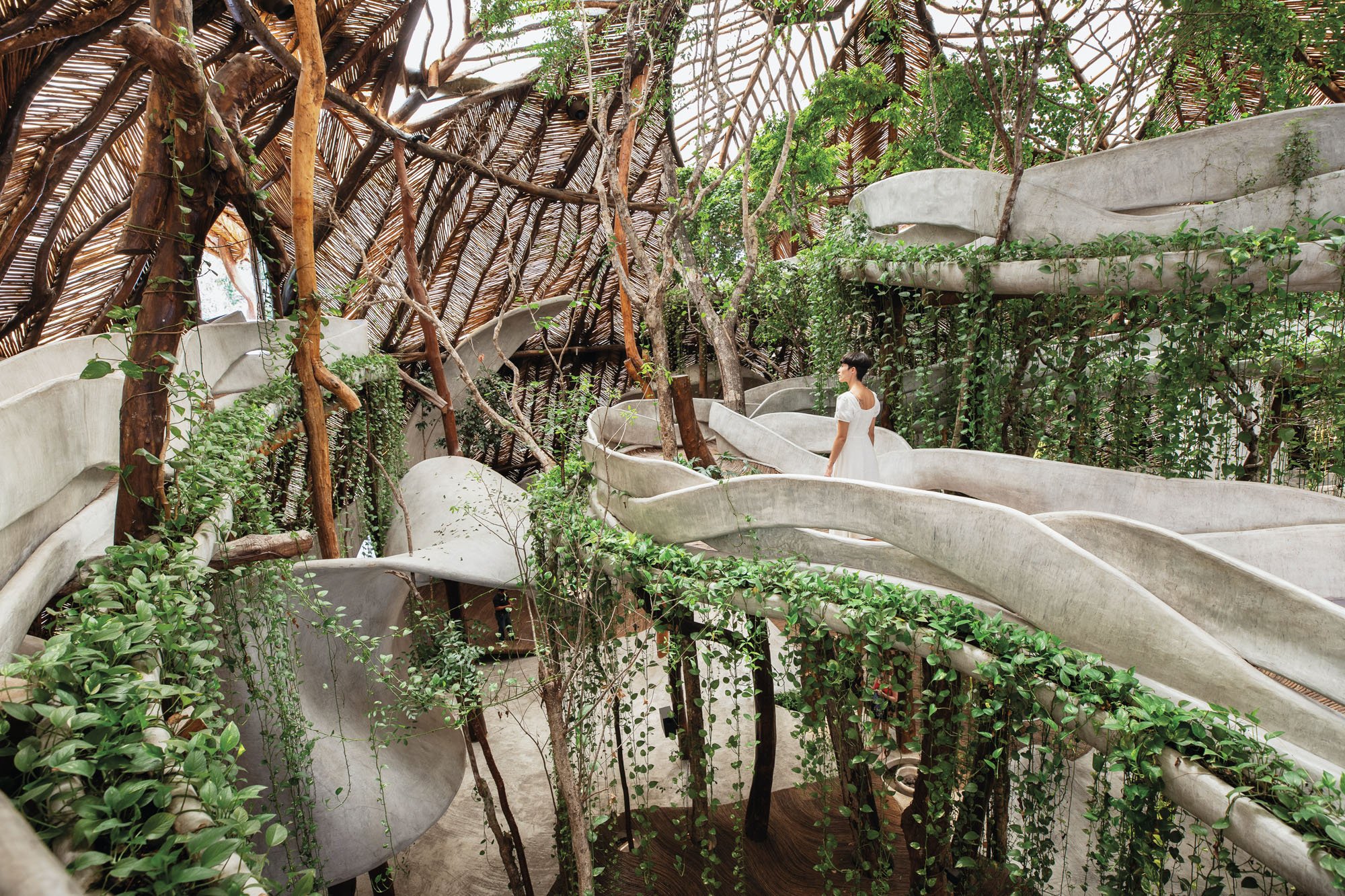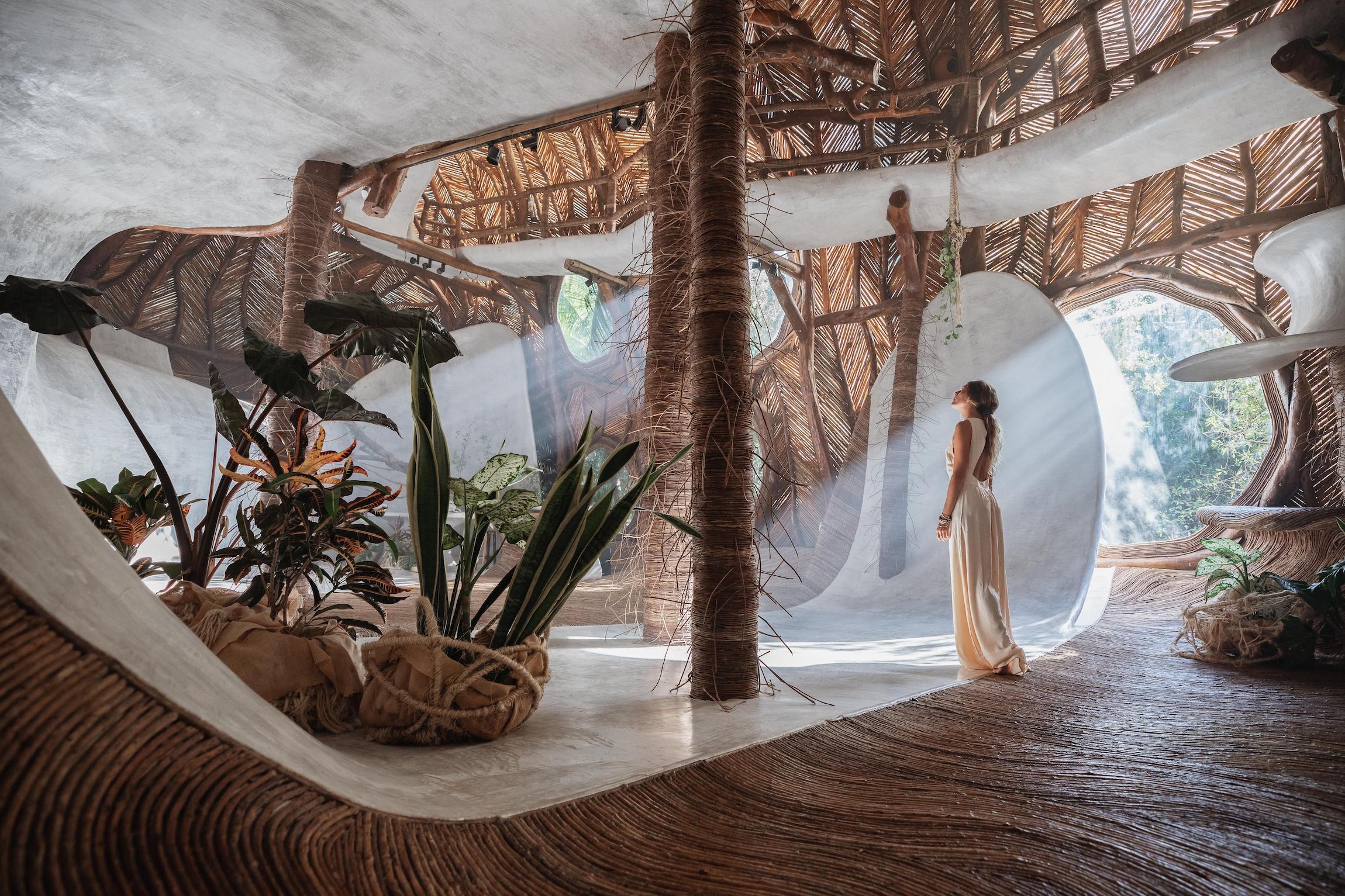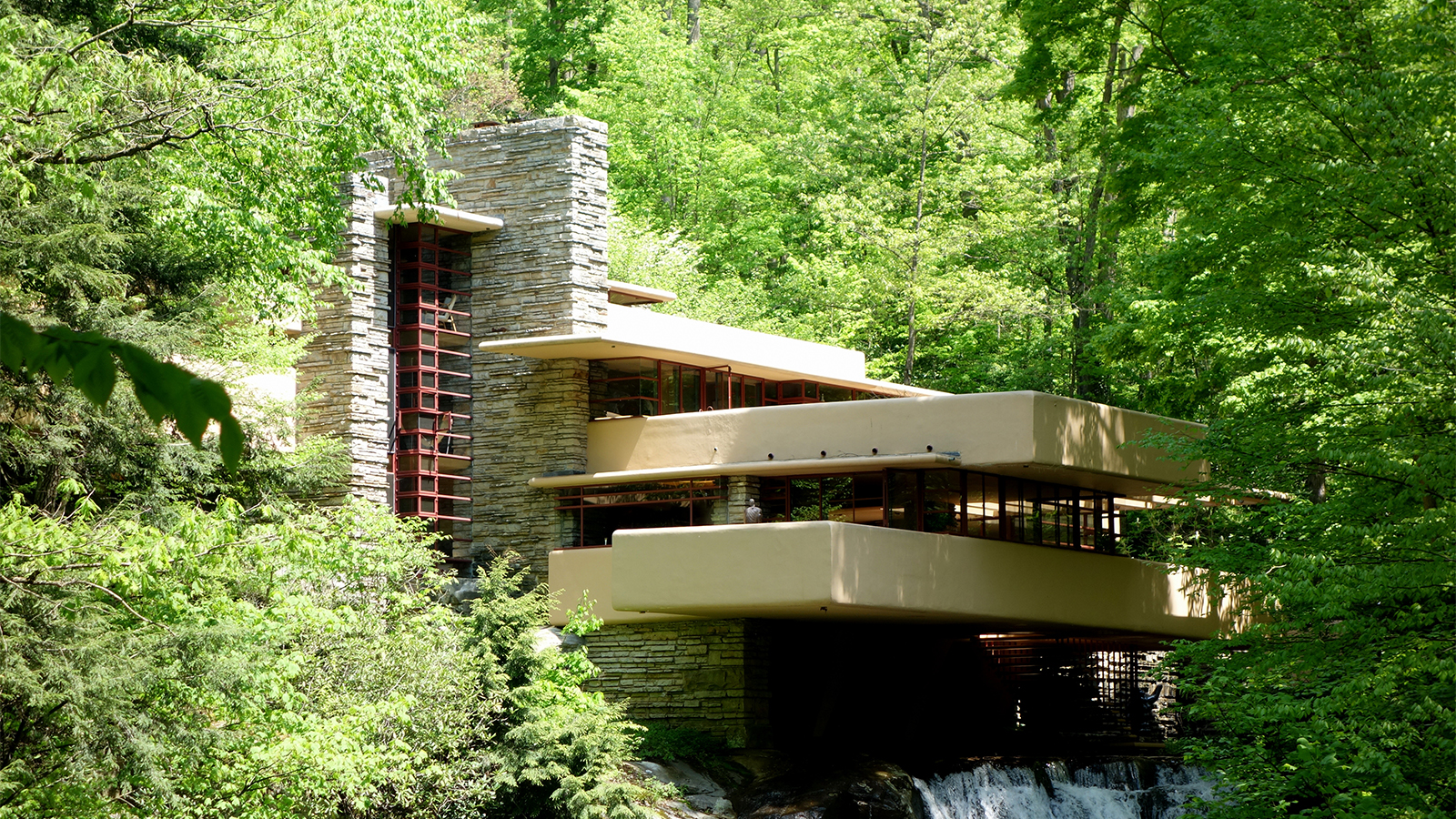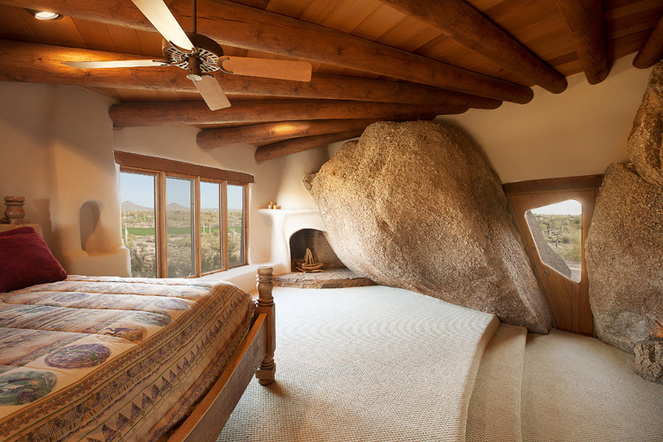
02 Jun Embracing Nature: The Benefits of Biophilic Architecture in Home Design
In a fast-paced world dominated by technology and urbanization, the yearning for a connection with nature has never been stronger. Biophilic architecture, a design approach that incorporates natural elements into the built environment, offers a unique and refreshing solution to the disconnect many individuals feel with the natural world. This article explores the numerous benefits of incorporating biophilic principles into home design, enhancing not only the aesthetic appeal but also the overall well-being of occupants.
- Improved Mental Well-being:
Biophilic architecture promotes mental well-being by creating environments that reduce stress, anxiety, and fatigue. Natural elements such as sunlight, greenery, and flowing water have been proven to positively impact mood and cognitive function. Introducing these elements into home design can create spaces that are calming, rejuvenating, and conducive to mental clarity.
- Enhanced Physical Health:
The integration of biophilic elements also contributes to physical health. Exposure to natural light within a home promotes a healthy circadian rhythm, improving sleep patterns and overall well-being. Additionally, indoor plants can improve air quality by filtering out pollutants, creating a healthier living environment for occupants.
- Increased Productivity and Creativity:
Studies have shown that exposure to nature can enhance creativity and productivity. Biophilic design fosters an environment that encourages innovation and problem-solving. Introducing natural elements into home offices or creative spaces can inspire individuals to think more creatively and work more efficiently.

SFER IK museum – image courtesey AZULIK
- Connection with the Outdoors:
Biophilic architecture blurs the boundaries between the indoors and outdoors, creating a seamless connection with nature. Large windows, skylights, and indoor gardens allow homeowners to enjoy the beauty of the surrounding environment while staying sheltered from the elements. This connection with nature promotes a sense of harmony and balance in daily living.
- Sustainable Design:
Biophilic architecture aligns with principles of sustainability by emphasizing the use of natural materials and energy-efficient design. Sustainable practices in home construction and design contribute to a reduced environmental impact, aligning with the growing global awareness of the need for eco-friendly living.

Fallingwater by Frank Lloyd Wright
- Increased Property Value:
Homes that incorporate biophilic design principles often stand out in the real estate market. The unique and appealing aesthetic, coupled with the numerous health and well-being benefits, can lead to increased property values. Prospective buyers and renters increasingly seek homes that prioritize a connection with nature, making biophilic architecture a valuable investment.
Conclusion:
As society becomes more conscious of the importance of a harmonious relationship with the environment, biophilic architecture emerges as a solution that caters to both aesthetic preferences and the well-being of occupants. By incorporating natural elements into home design, individuals can create spaces that not only reflect a love for nature but also contribute to a healthier, more balanced lifestyle. Embracing biophilic architecture is not just a design choice; it’s a holistic approach to living that nourishes the mind, body, and soul.

Boulder house by Brenna Orozco




No Comments